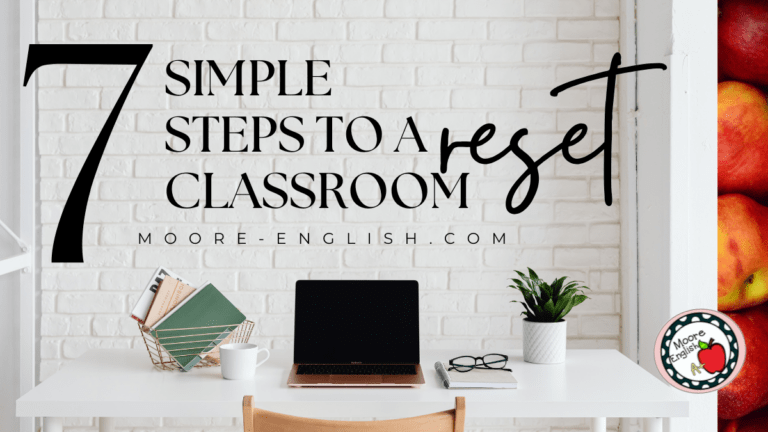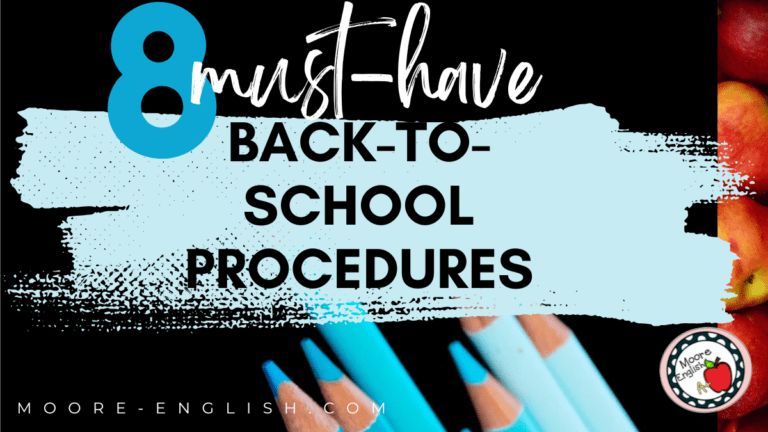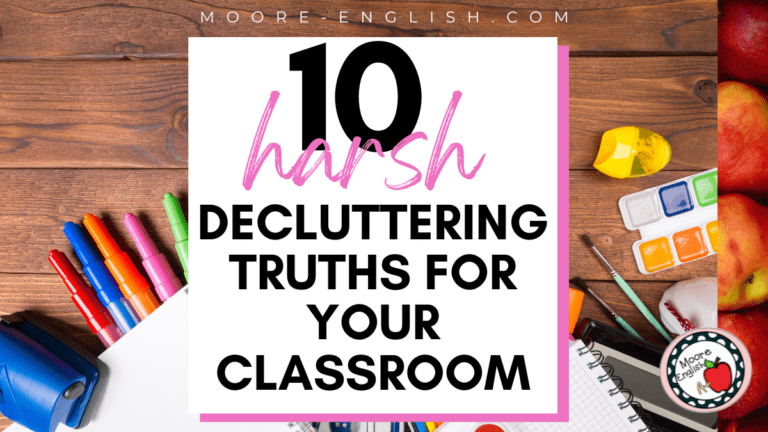As a student teacher, I had a student who wore ears and a tail to class. Since then, I have had many students educate me about the evolving meaning of identity, our role in crafting student identities, and the importance of narrative in identity creation. Unfortunately, my cooperating teacher at the time did not understand the role teachers play in helping students develop their identities. Instead of treating her student with compassion, she tweeted glib remarks about her student and their identity. (Her twitter account has since been disabled.) This experience affected me profoundly.
However, one of the most enduring lessons from this experience was the realization that teachers and teaching exist beyond the classroom. Last week we talked about the teaching that happens in the hallway, but that got me thinking about the teaching that occurs in other between spaces. A between space does not exist during class time and may not even occur within the school building or day. Nevertheless, teachers (and, really, all people) should be aware of the impact of their actions even in between spaces whether those spaces are planned, spontaneous, or intangible.
This post this post may contain affiliate links. Please read the Terms of Use.
Planned Between Spaces
The school day provides frequent, reliable between spaces, including conferences and school assemblies. These are opportunities when teachers can plan for and anticipate opportunities to put relationships first.
In these kinds of between spaces, the best advice is to buy in. Your school has an expectation for how teachers and students should behave in and interact within these spaces, to lean into that expectation.
Similarly, planned between spaces are a great environment for emphasizing relationships students. These environments provide students and teachers with a common language. In the case of a pep rally or football game, this language is fairly low-stakes. Starting a relationship on safe common ground can provide teachers with a great foundation for getting to know students.
Spontaneous Between Spaces
While teachers can plan for many of their interactions with students, other opportunities are spontaneous. Other interactions like this one include lunch time, bus duty, tardy sweeps, and any other unplanned interaction. One of the hazards of teaching is meeting students outside of the school day. As a high school teacher, I frequently encounter students at the grocery store because that’s where they work.
In spontaneous between spaces, teachers almost always set the standard for behavior. For example, if you ignore a behavior during lunch time, students will pick up on that cue. However, if you are at the gym and greet a student, they will also greet you. While I must admit that sometimes these situations can be less than ideal, they are opportunities all the same.
When entering a spontaneous between space during the school day, teachers have an opportunity to build relationships by upholding expectations. However, when these spontaneous between spaces occur outside of school, teachers can show students that we have lives outside of school. We model adult life and all its oddities. When I was a new teacher, I thought I always had to look perfect before going out in public lest I encounter a student. That was unattainable and unrealistic, and it missed the chance to model for students how adults behave in public.
Intangible Between Spaces
Still other between spaces are more nebulous. These spaces are largely digital but include email and social media. This is where my one-time cooperating teacher stumbled. The expectation for a professional communication and social media are different in that one is tied directly to teaching and the other may be more personal than professional. However, as errant professionals have learned, nothing on social media is a secret. As with other between spaces, digital communications provide teachers the chance to model best behaviors.
Professional Communications: Nothing seems worse than an email that goes too long without an answer or a co-worker pressing “reply all.” These behaviors should be easy enough to teach against. For this reason, teachers should use their best etiquette with any professional digital tools. We should also be modeling for students how they should be interacting on digital platforms like Google Classroom.
Social Media: Unlike professional digital tools, social media often intersects with teachers’ personal lives. Nevertheless, students are curious and not above Google-ing their teachers. For this reason, everything you (or, really, any person) posts on social media should be something you would be okay with students reading. Why have a student see their teacher complaining about them when a student could see their teacher advocating for them? This is constantly a question I wish I could take back to my cooperating teacher.
Bottom Line
Between spaces provide teachers with opportunities to model behavior and build relationships with students. It’s easy to overlook these moments as transitory or ephemeral because they are, but teaching is also a matter of moments. Teachers have a finite amount of time to make an impact on student lives, so why ignore any opportunity?








